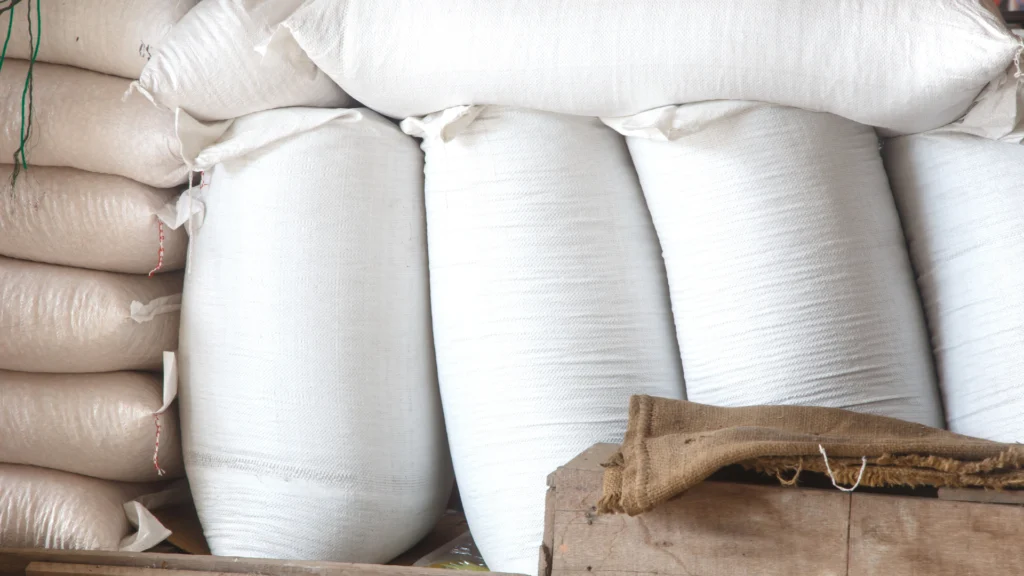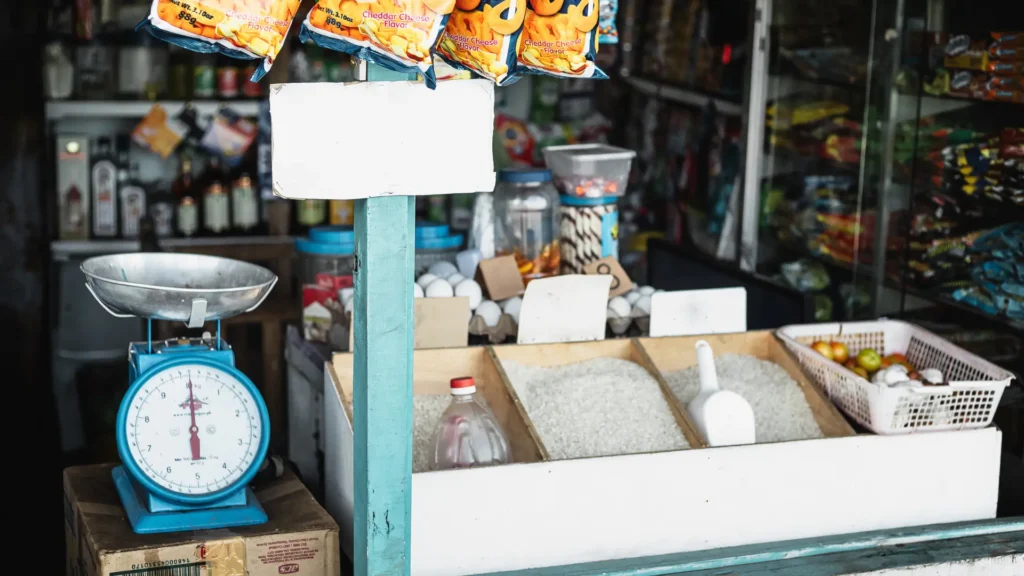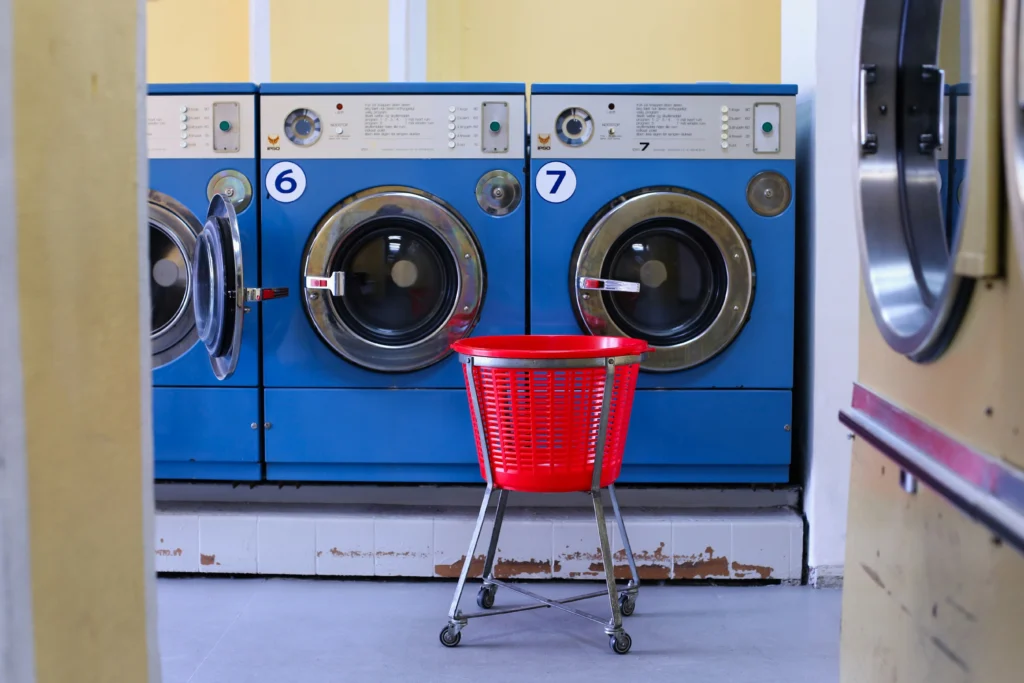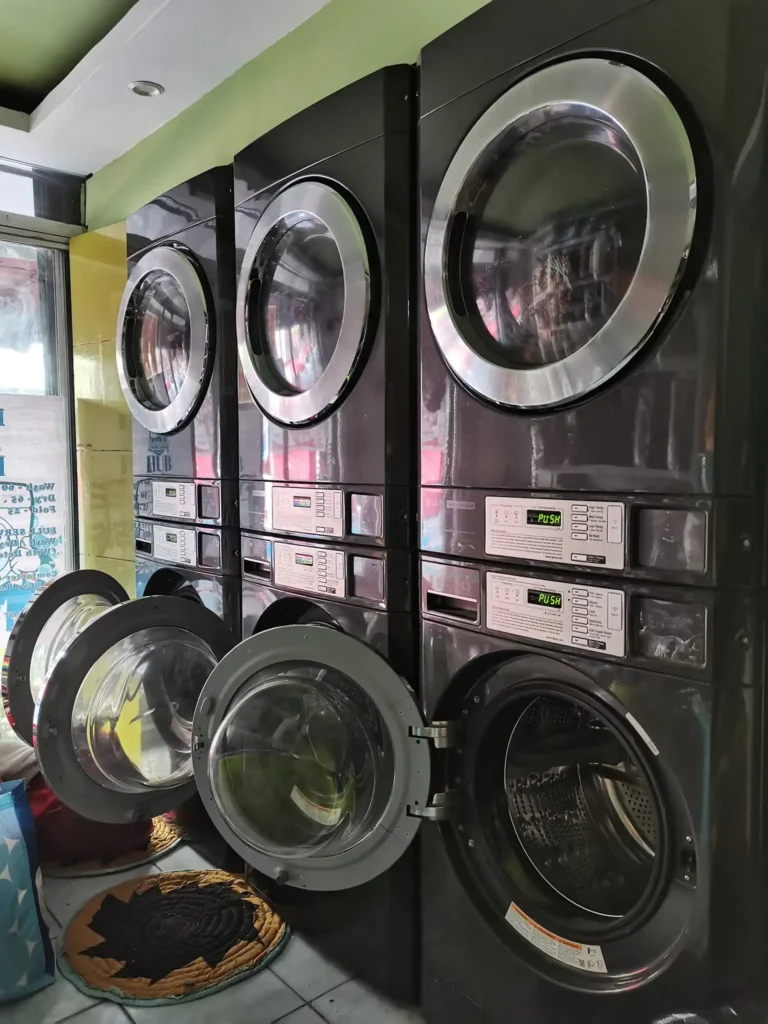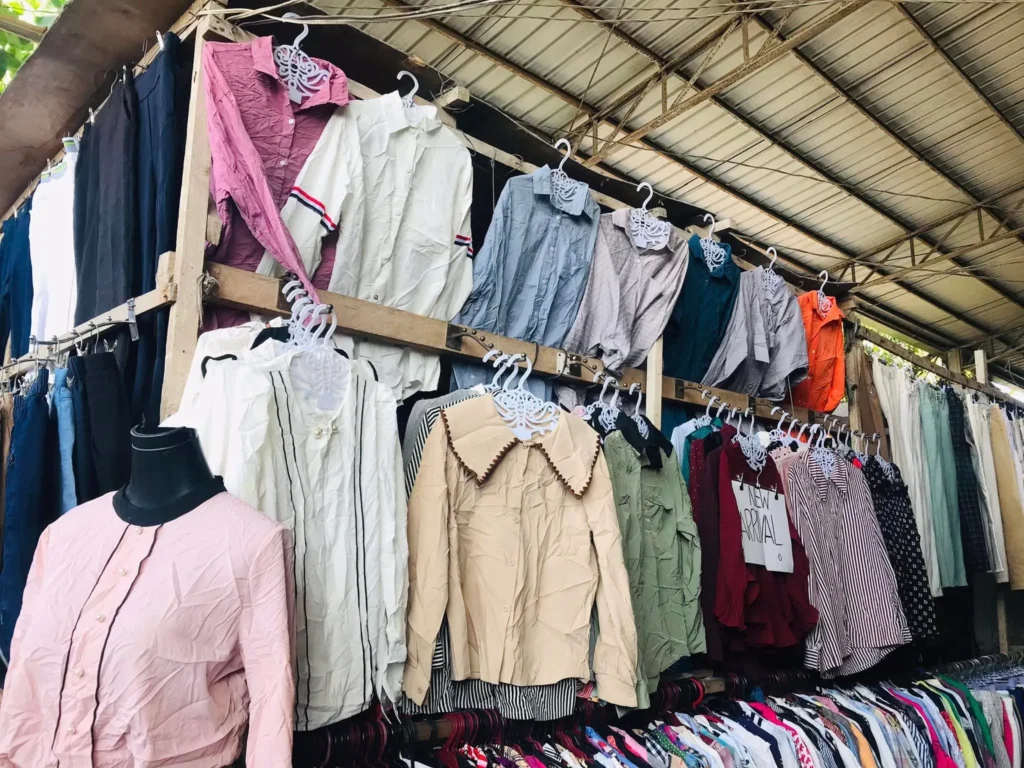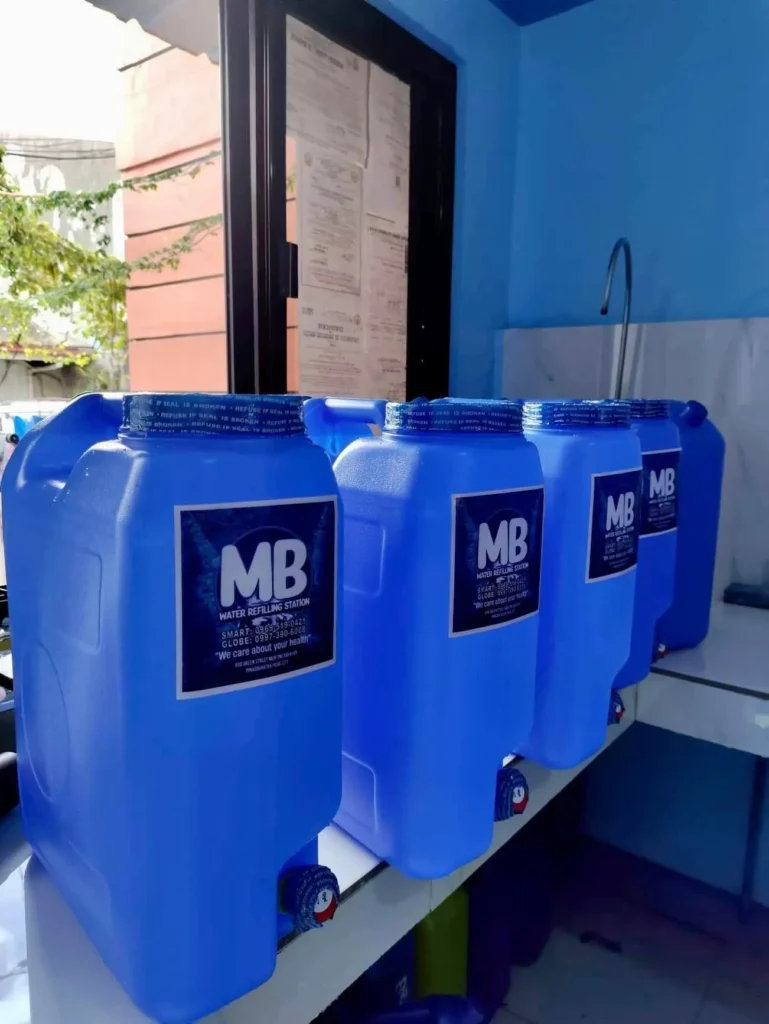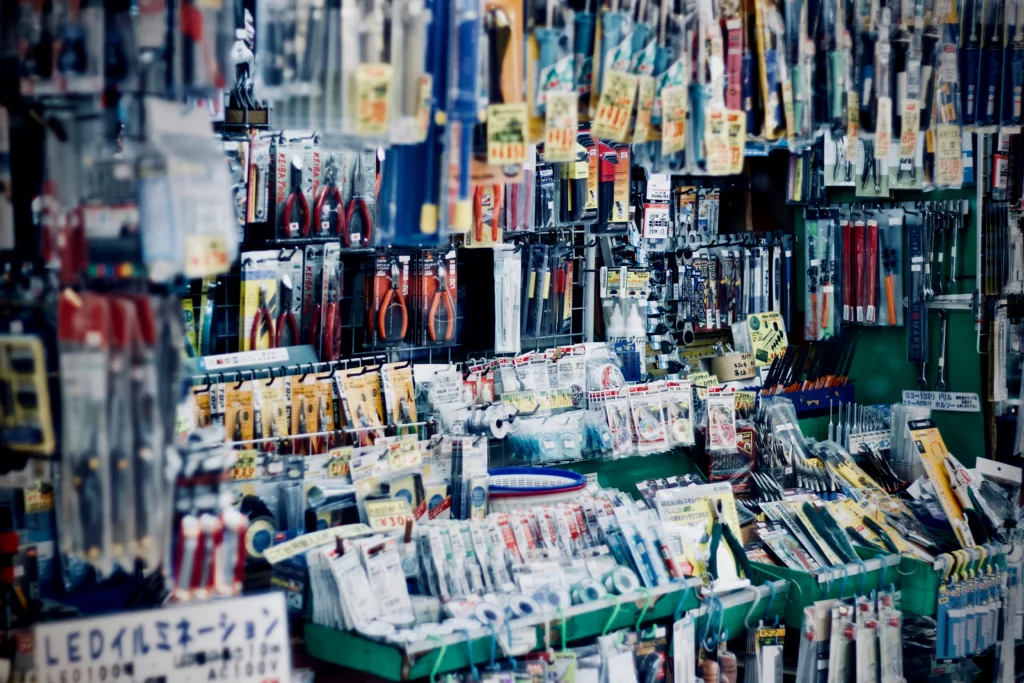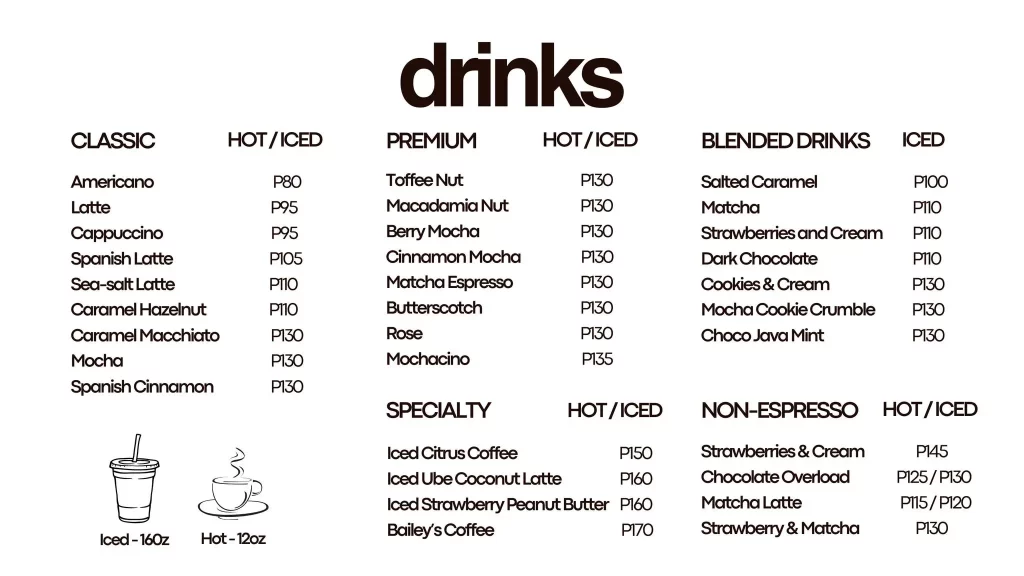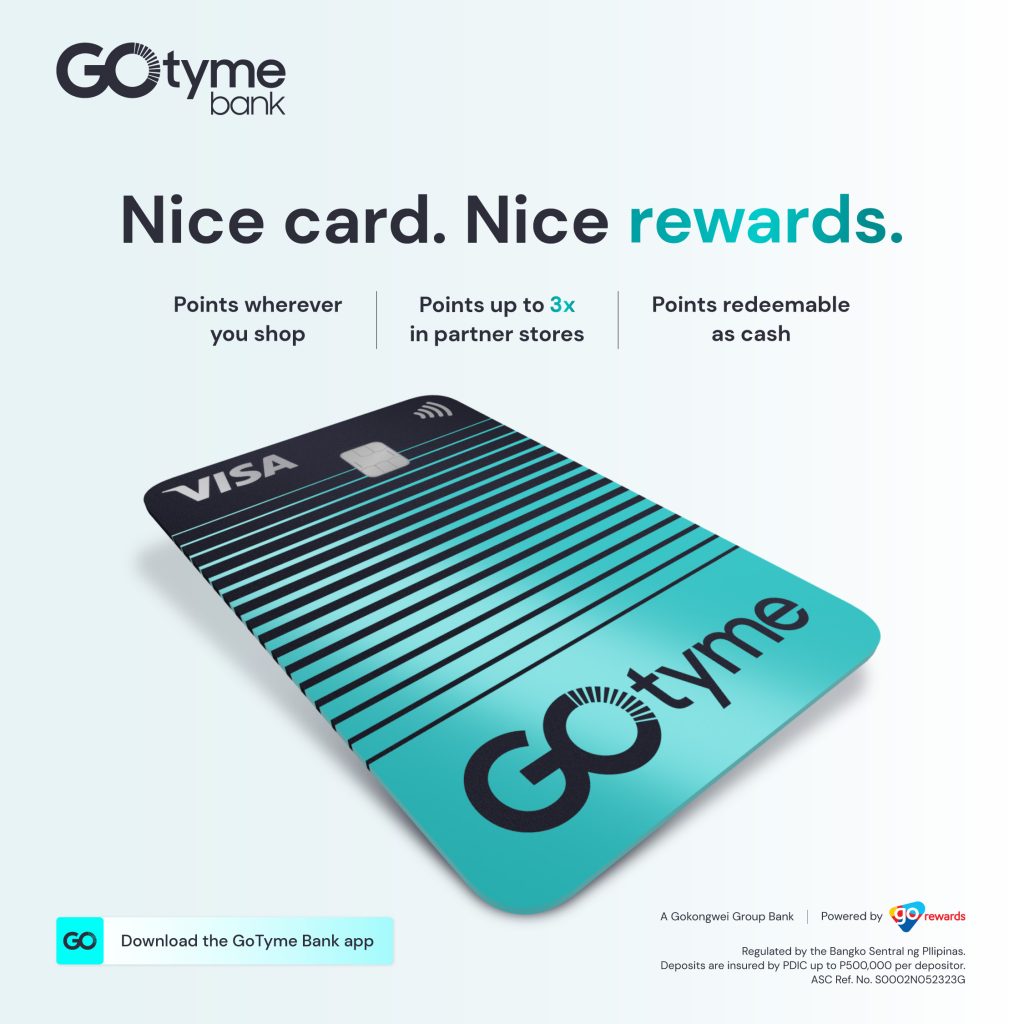The demand for clean and safe drinking water is ever-increasing in the Philippines. Most Filipinos rely on water refilling stations for safe drinking water, making water refilling stations a good business venture.
This blog post will guide you through the essentials of starting a water refilling station business, including its advantages and disadvantages and tips for success.
Why a Water Refilling Station Is a Good Business
High Demand for Clean Drinking Water
The need for safe and affordable drinking water is constant. Filipinos rely heavily on water refilling stations, especially in urban areas where tap water is often unsafe. This steady demand ensures a consistent customer base, making it a lucrative business opportunity.
Low Operating Costs
Once the initial investment is made, which can cost anywhere from 80,000 to 500,000 pesos in equipment and location, the day-to-day operating costs of a water refilling station are relatively low. The primary expenses include water, electricity, and maintenance, which are manageable compared to other businesses like laundry shops, pharmacies, or pet grooming shops.
Scalability
Starting small with a basic setup, you can quickly expand your water refilling station business as demand grows. Adding more equipment like brine tanks, reverse osmosis machines, and booster pumps or opening new branches can significantly increase your revenue without requiring an extensive overhaul.
Positive Impact on the Community
By providing safe drinking water at an affordable price, your business can positively impact the community. This can add a sense of fulfillment and build customer loyalty.
The amount of water sold per gallon or container typically depends on the type of processed water you offer, such as purified, alkaline, or mineral water. On average, water refilling stations sell water in 5-gallon containers, with prices varying between PHP 25 to PHP 60 per container, depending on the water type and location.
Disadvantages of a Water Refilling Station Business in the Philippines
High Initial Capital Requirement
The initial investment in a water refilling station can be higher than that of other small businesses, such as franchising food carts. Costs include purchasing equipment, installing water purification systems, securing rental fees, and obtaining necessary permits. On average, starting a water refilling station from scratch may require around PHP 80,000 to PHP 500,000, depending on the size and location.
While the initial capital is substantial, the long-term potential for steady income and community demand makes it a viable investment for aspiring entrepreneurs willing to overcome this financial barrier.
Strict Maintenance and Compliance with Safety Standards
Regular maintenance of filters, water tanks, pumps, and purifying devices is needed for compliance with health and safety standards. Neglecting these can lead to operational issues and even legal troubles, potentially resulting in costly fines or business closure.
High Competition
With the popularity of water refilling stations, competition is stiff, especially in densely populated areas. Standing out in a saturated market requires strategic planning and exceptional service to attract and retain customers.
Dependency on Local Water Supply
The success of your water refilling station heavily depends on the availability of a reliable water source. Water shortages or contamination can disrupt operations and lead to customer dissatisfaction.
Is a Water Refilling Station a Profitable Business?
A water refilling station can be a profitable business if managed well. With a consistent customer base, sales can quickly cover operating expenses and yield a decent profit. A well-established station can earn a net income ranging from PHP 30,000 to PHP 50,000 per month, depending on location and customer volume. The key to profitability lies in managing costs, maintaining quality, and building a loyal customer base.
How to Start a Water Refilling Station Business

1. Conduct Market Research
Before launching your water refilling station business, conducting thorough market research is essential. Identify areas with high demand for clean drinking water, assess the competition, and analyze customer preferences. Determine whether your target market prefers purified, alkaline, or mineral water and evaluate competitors’ pricing strategies.
Additionally, understanding the demographics and behavior of your potential customers will allow you to tailor your services accordingly. Market research helps you gauge the business’s viability, identify potential challenges, and uncover opportunities, making it a crucial first step to ensure the long-term success of your venture.
2. Secure a Suitable Location
Choosing the right location is one of the most critical decisions for your water refilling station. Look for areas with high foot traffic near residential communities, schools, and commercial establishments. The ideal location should be easily accessible and have ample parking space.
You must ensure that the area has a stable water supply to meet operational demands. Proximity to your target market will reduce delivery costs and increase convenience for walk-in customers. A strategically chosen location directly impacts the success and growth of your business, as it influences customer reach and operational efficiency.
3. Acquire Necessary Permits and Licenses
Starting a water refilling station requires compliance with local laws and regulations. First, obtain the necessary business permits from your local government unit (LGU), typically including a mayor’s permit and a barangay clearance. You will also need a sanitary license and accreditation from the Department of Health (DOH) to ensure that the water you provide is safe for consumption.
Failure to secure these permits could result in fines or even the closure of your business. Ensuring you have all the proper documentation protects your business and builds customer trust.
4. Purchase Quality Equipment
Investing in top-notch equipment is essential for the successful operation of your water refilling station. Key items include high-grade water purification systems, filtration units, UV sterilizers, storage tanks, and dispensing machines. Ensure the equipment you purchase meets the standards set by health authorities to guarantee the safety of the water you sell.
Reliable equipment minimizes breakdowns and costly repairs, contributing to smoother operations. While the upfront cost may be high, it is a long-term investment in your business’s success and reputation, as the quality of your water directly impacts customer satisfaction and retention.
5. Hire Skilled Staff
Hiring competent and skilled staff is vital for maintaining your water refilling station’s operational and service quality. Employees should be well-trained in handling water purification equipment, conducting routine maintenance, and ensuring hygiene standards are always met.
Great customer service is equally important, as staff members will interact with customers and represent your business. Providing continuous employee training will enhance their skills and improve overall service efficiency. Ensure your staff is knowledgeable about safety protocols and customer handling to build a trustworthy brand and gain customer loyalty.
6. Market Your Business
Effective marketing plays a crucial role in attracting customers to your water refilling station, especially if you choose to start from scratch over franchising. Start by promoting your business through various online platforms like Facebook, Instagram, and local community groups. Offline marketing strategies like distributing flyers, offering discounts for first-time customers, and collaborating with nearby businesses can also increase visibility.
Additionally, emphasize your competitive advantages, such as providing purified, alkaline, mineral water or home delivery services. A well-rounded marketing approach will help establish your brand, build customer awareness, and differentiate you from competitors in an increasingly competitive market.
7. Prepare Your Capital
Starting a water refilling station requires significant capital investment compared to other small business ideas in the Philippines. On average, starting from scratch could cost between PHP 300,000 and PHP 600,000, depending on the size and scale of your business. This includes the cost of equipment, permits, and initial supplies.
Alternatively, franchising is an option if you prefer an established brand. Some popular franchises, like AquaBest and Bluewaters, offer packages ranging from PHP 500,000 to PHP 1.2 million. Franchising can ease some operational challenges by providing training and equipment.
Either way, proper capital planning is essential to sustaining long-term operations.
8. Prepare an Emergency Fund
Running a water refilling station involves ongoing expenses, and unforeseen costs can sometimes arise. To mitigate financial risks, it’s wise to prepare an emergency fund. This fund can cover unexpected repairs, equipment malfunctions, or sudden increases in operational costs like electricity or water bills.
Having a reserve of at least 3 to 6 months of operating expenses can keep your business running smoothly during challenging periods. An emergency fund provides financial security and ensures that your services remain uninterrupted, which is crucial for maintaining customer trust and business continuity.
Tips to Succeed in Your Water Refilling Station Business
- Maintain High-Quality Standards
Consistently provide clean and safe drinking water by regularly maintaining your equipment and adhering to health regulations. High-quality water will build customer trust and ensure repeat business. - Build Strong Customer Relationships
Engage with your customers and provide excellent service. Loyalty programs, discounts, or personalized services can enhance customer satisfaction and encourage word-of-mouth referrals. - Keep Up with Industry Trends
Stay updated on the latest water purification technologies and industry best practices. Regularly review guidelines released by institutions like the Department of Health (DOH) and the Environmental Management Bureau (EMB) to ensure compliance with local regulations. Adapting to changes and innovations will keep your business competitive and efficient. - Monitor and Manage Costs
Keep a close eye on your operating expenses and seek ways to minimize costs without compromising quality. Efficient cost management will help maximize your profits and ensure the sustainability of your business. - Find the Right Suppliers
Partnering with reliable suppliers is crucial for ensuring the consistent quality of water and equipment. To maintain high standards, make sure to source your supplies from trusted vendors. - Understand and Sell Different Types of Processed Water
Familiarize yourself with the different types of processed water, such as purified, alkaline, and mineral water. Offering various options can attract a broader customer base and meet diverse needs. - Prepare an Emergency Fund
Having an emergency fund is essential to cover unexpected expenses or operational disruptions. This financial safety net can help your business stay afloat during challenging times. - Reuse wastewater from the refilling station
To produce 100 five-gallon containers, you’ll need about 2,000 liters of raw water, but only 40% will be suitable for drinking, leaving 60% as wastewater. Instead of discarding this water, you can repurpose it to clean, water plants, or even start an adjacent car wash or laundry business. Reusing wastewater helps reduce operational costs and promotes sustainability, making your business more eco-friendly.
Final Thoughts
Starting a water refilling station business in the Philippines offers a promising opportunity to tap into the growing demand for clean drinking water. While the initial investment and competition may be challenging, the potential for profitability and positive community impact make it a viable venture. By following the steps and tips outlined in this guide, you can establish a successful and sustainable water refilling station business.
FAQ
The capital required to start a water refilling station typically starts at 80,000 depending on the business’s location, equipment, and scale.
A well-managed water refilling station can earn between PHP 30,000 and PHP 50,000 per month, depending on location, customer base, and operational efficiency.
Franchising offers the advantage of an established brand, operational support, and a proven business model. However, starting from scratch gives you more control and flexibility regarding branding, pricing, and operations. The choice depends on your preferences and resources.


